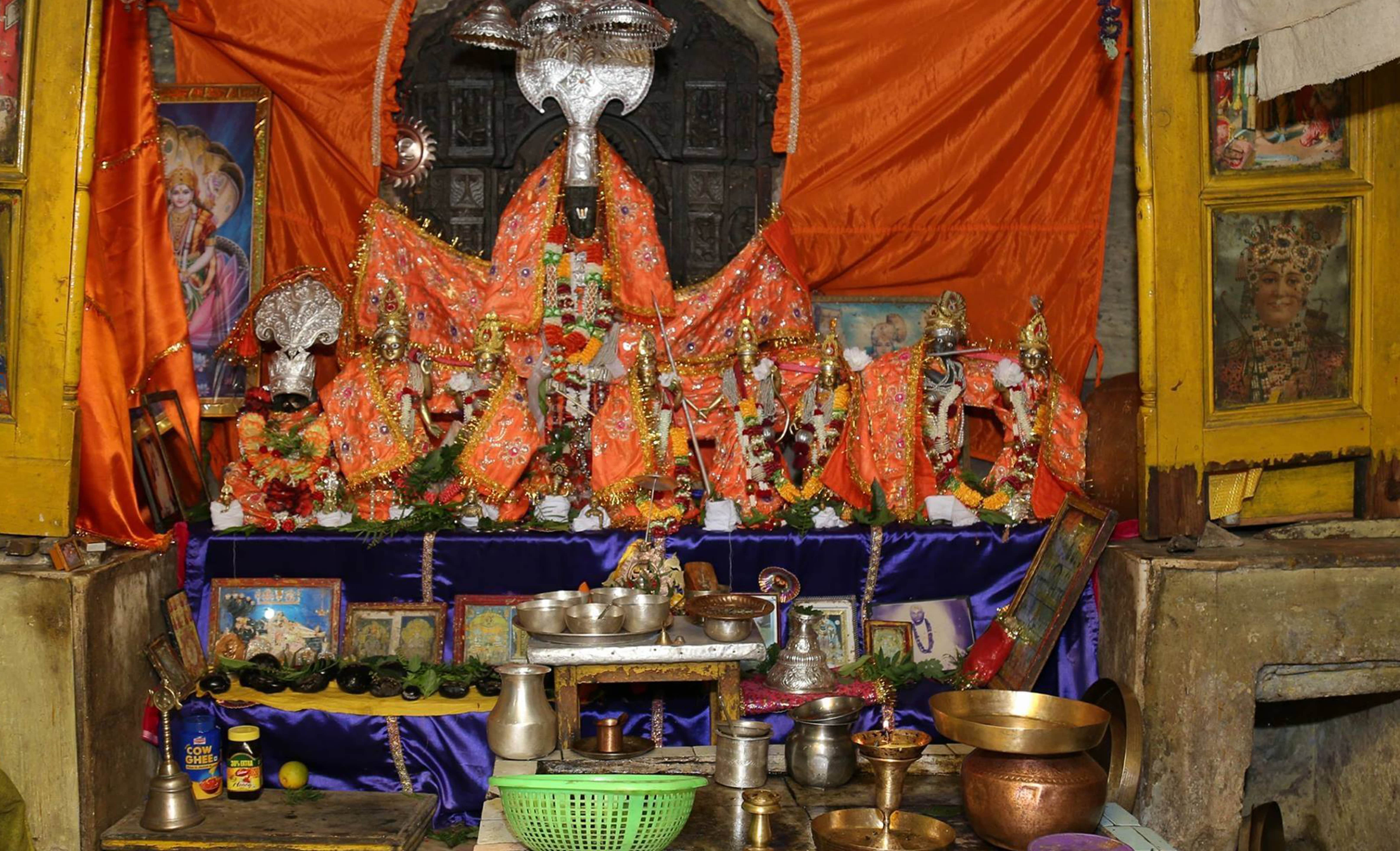
Treta-Ke-Thakur Temple/ Tretanath Mandir
Tretanath Temple in Ayodhya is a significant religious site with deep roots in Hindu mythology and history. The temple's name, "Tretanath," is derived from the word "Treta," which refers to the Treta Yuga, an ancient epoch in Hindu cosmology. Lord Rama, one of the principal deities of Hinduism and the protagonist of the epic Ramayana, is believed to have lived during the Treta Yuga. Therefore, Tretanath Temple is dedicated to Lord Rama, who is revered as the lord or "nath" of the Treta Yuga. The backstory of Tretanath Temple is intertwined with the events of the Ramayana and the life of Lord Rama. According to legend, it is believed that this temple marks the spot where Lord Rama performed the Ashwamedha Yajna, a significant Vedic ritual. The Ashwamedha Yajna was a grand horse sacrifice conducted by ancient kings to assert their sovereignty and divine approval. Lord Rama, after his victorious return to Ayodhya and coronation as king, performed this yajna to bring peace, prosperity, and stability to his kingdom.
The temple itself is a testament to the devotion and reverence that countless generations have had for Lord Rama. Built in traditional North Indian architectural style, Tretanath Temple features intricately carved pillars, ornate domes, and sanctified sanctuaries that house idols and images of Lord Rama, his consort Sita, and his loyal brother Lakshmana. These deities are adorned with beautiful garments, jewelry, and flowers, symbolizing the devotion and respect of the temple's visitors.
- Devotees frequent Tretanath Temple to engage in prayers, rituals, and religious ceremonies dedicated to Lord Rama, seeking spiritual connection and blessings.
- The temple's tranquil surroundings create an atmosphere conducive to meditation, reflection, and spiritual contemplation, often leading visitors to experience a profound sense of peace and spiritual upliftment.
- Tretanath Temple serves as a significant venue for various religious festivals, prominently celebrating Ram Navami, Lord Rama's birthday. During these occasions, the temple is adorned and hosts special prayers, rituals, and cultural programs that honor Lord Rama's divine legacy.
- Beyond its religious functions, the temple plays a crucial role in Ayodhya's cultural and communal life. It acts as a gathering place where people from diverse backgrounds come together, fostering unity and mutual respect through shared spiritual practices and cultural traditions.
- The inclusive atmosphere of Tretanath Temple encourages visitors to explore and appreciate the rich heritage and spiritual teachings of Hinduism, promoting a deeper understanding and connection with its profound spiritual significance.
Browse All
- Hanuman Garhi Mandir
- Ram Janmabhoomi
- Kanak Bhawan
- Nageshwarnath Temple
- Sita Ji ki Rasoi
- Swarg Dwar Temple
- Sri Mani Ram Das Chhawni
- Raj Dwar Temple
- Tretanath Mandir
- Guptar Ghat
- Ram ki Paidi
- Military Temple
- Jain Temple
- Sankat Mochan Hanuman Mandir
- Badi Devkali Devi Temple
- Janki Ghat
- Matgajendra Temple
- Shri Kale Ram Temple
- Shri Ram Janki Birla Temple
- Makhauda Dham
- Raja Dashhrath Damadhi